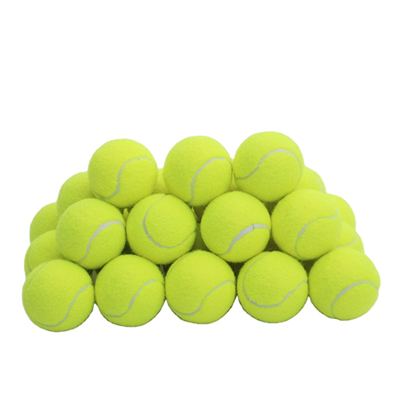Tennis balls are more than just colorful spheres bouncing around the court—they are precision-engineered sports equipment designed to meet specific performance standards. The construction of a tennis ball involves careful consideration of materials, design, and physics:
- Core: The core of a tennis ball is typically made of rubber compounds. The type and composition of the rubber impact the ball’s bounce, durability, and feel.
- Felt Cover: The outer layer of a tennis ball is covered with a felt material, often made from a blend of wool and nylon. The felt is carefully woven to provide consistent aerodynamics and grip on the court.
- Pressurization: Tennis balls are pressurized to maintain a certain level of internal pressure. This pressure affects the ball’s bounce and responsiveness during play.
- Bounce and Rebound: The core’s elasticity and the felt’s texture work together to determine the ball’s bounce and rebound characteristics on various court surfaces.
- Consistency and Standards: Tennis ball manufacturers adhere to specific standards set by organizations like the International Tennis Federation (ITF), ensuring uniformity in size, weight, and performance.
- Variations for Court Types: Different types of courts, such as clay, grass, and hard courts, may require slight variations in ball construction to optimize performance and durability.
- Durability: The durability of tennis balls depends on factors like the quality of materials used, playing conditions, and frequency of play. Regular use can cause the felt to wear and the bounce to change over time.
- Altitude and Temperature: Altitude and temperature affect the performance of tennis balls. Balls may bounce higher at higher altitudes due to reduced air pressure, and temperature can impact the ball’s felt and bounce.
- Felt Wear: As the felt cover wears down, the ball’s aerodynamics and grip on the court may change, potentially affecting your shots and gameplay.
- Recycling: Many tennis ball manufacturers are exploring eco-friendly practices, including recycling old tennis balls to create new products and reduce waste.
Understanding the science behind tennis ball construction provides players with insights into how these seemingly simple objects contribute to the dynamics of the game.





















